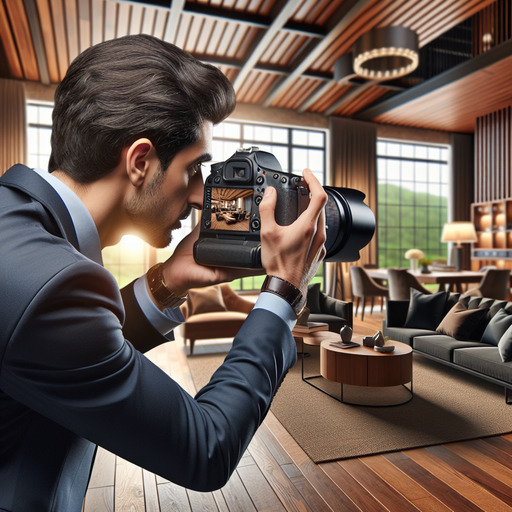
-
Table of Contents
- Mastering Real Estate Photography: Tips, Techniques, and Tools
- Understanding the Importance of Real Estate Photography
- Essential Real Estate Photography Tips
- 1. Mastering the Art of Lighting
- 2. Choosing the Right Equipment
- 3. Composition and Angles
- Editing and Post-Processing
- Real Estate Photography Pricing
- Conclusion
- Questions and Answers
Mastering Real Estate Photography: Tips, Techniques, and Tools
In the competitive world of real estate, first impressions are everything. High-quality real estate photography can make or break a property listing, influencing potential buyers’ decisions before they even step foot inside. Whether you’re a seasoned photographer or a real estate agent looking to enhance your listings, understanding the nuances of real estate photography is crucial. This guide will walk you through essential tips, techniques, and tools to elevate your property photography game.
Understanding the Importance of Real Estate Photography
Real estate photography is more than just snapping pictures of a property. It’s about capturing the essence and potential of a space, enticing buyers to envision themselves living there. According to the National Association of Realtors, 87% of home buyers found photos to be the most useful feature of online listings. This statistic underscores the importance of investing in quality photography to make your listings stand out.
Essential Real Estate Photography Tips
1. Mastering the Art of Lighting
Lighting is a critical component of real estate photography. Proper lighting can highlight a property’s best features and create a welcoming atmosphere.
- Natural Light: Whenever possible, schedule shoots during the day to take advantage of natural light. Open curtains and blinds to let in as much light as possible.
- Artificial Light: Use additional lighting equipment, such as softboxes or LED panels, to fill in shadows and create a balanced look.
2. Choosing the Right Equipment
Investing in the right equipment can significantly impact the quality of your real estate photos.
- Camera: A DSLR or mirrorless camera with a wide-angle lens is ideal for capturing spacious interiors.
- Tripod: A sturdy tripod ensures stability and allows for longer exposure times in low-light conditions.
- Drone: For aerial shots, a drone can provide unique perspectives and showcase the property’s surroundings.
3. Composition and Angles
Composition plays a vital role in real estate photography. The right angles can make rooms appear larger and more inviting.
- Wide Shots: Use wide-angle lenses to capture entire rooms and provide a sense of space.
- Eye-Level Shots: Keep the camera at eye level to create a natural and relatable perspective.
Editing and Post-Processing
Editing is where good photos become great. Real estate photography editing can enhance colors, correct lighting issues, and remove distractions.
- Software: Use editing software like Adobe Lightroom or Photoshop to fine-tune your images.
- Consistency: Maintain a consistent style across all photos to create a cohesive look for your listings.
Real Estate Photography Pricing
Pricing your real estate photography services can be challenging. Consider factors such as the size of the property, the number of photos required, and any additional services like drone photography or virtual tours. Research competitors in your area to ensure your pricing is competitive yet profitable.
Conclusion
Real estate photography is a powerful tool in the property market. By mastering lighting, choosing the right equipment, and honing your editing skills, you can create stunning images that captivate potential buyers. Remember, the goal is to make each property shine and stand out in a crowded market.
For more insights on real estate photography, check out this Wikipedia page on real estate photography.
Questions and Answers
Q1: What is the best time of day for real estate photography?
A1: The best time for real estate photography is during the day when natural light is abundant. Early morning or late afternoon provides soft, diffused light that enhances the property’s features.
Q2: How can I make small rooms appear larger in photos?
A2: Use a wide-angle lens to capture more of the room in a single shot. Shooting from a corner can also help create a sense of depth and space.
Q3: What are some common mistakes to avoid in real estate photography?
A3: Common mistakes include poor lighting, cluttered spaces, and inconsistent editing. Always ensure the property is clean and well-lit, and maintain a consistent editing style across all photos.
If you’re interested in learning more about our real estate photography services or have any questions, please contact us.